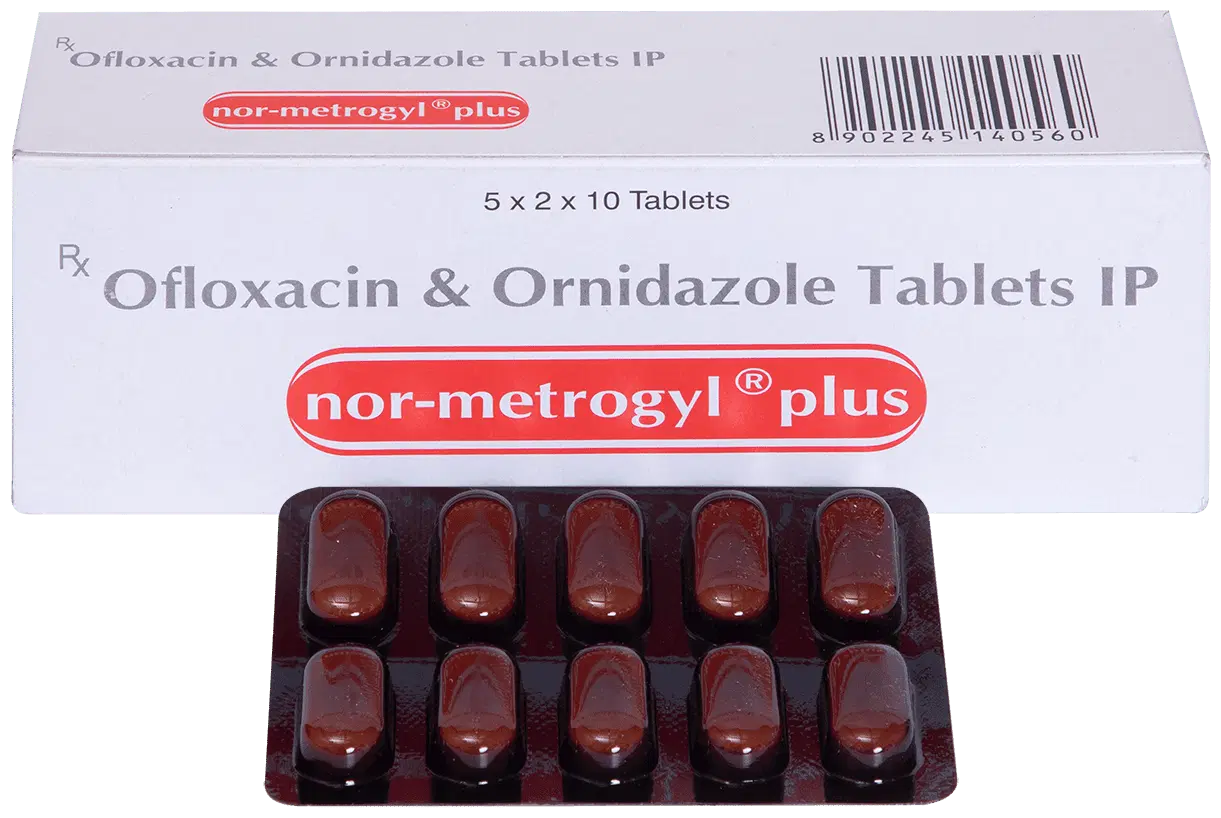Ofloxacin, Ornidazole
Ofloxacin and Ornidazole are two antibiotic medications commonly used to treat various bacterial infections. These medications work by inhibiting the growth and reproduction of bacteria in the body, allowing the immune system to fight off the infection effectively.
Ofloxacin, also known as Floxacin, is a fluoroquinolone antibiotic that targets the DNA of bacteria, causing them to lose their ability to repair genetic material and ultimately leading to their destruction. It is commonly used to treat urinary tract infections, respiratory tract infections, skin and soft tissue infections, and gonorrhea.
Ornidazole, on the other hand, is a nitroimidazole antibiotic with a broad spectrum of activity against anaerobic bacteria and protozoan parasites. It works by inhibiting the growth of bacteria and parasites, preventing them from using oxygen in their metabolic processes. Ornidazole is often used to treat parasitic infections such as giardiasis and trichomoniasis and anaerobic bacterial infections like those occurring in the mouth, gastrointestinal tract, and female genital tract.
Follow the dosage and administration instructions provided by your healthcare professional when using these medications to ensure their effectiveness and minimize the risk of adverse side effects. Both Ofloxacin and Ornidazole should be taken as prescribed and monitored for any potential side effects or drug interactions. Patients should also complete the entire course of treatment, even if they start feeling better before it is finished, to avoid the risk of recurring infection.

Showing 1–12 of 1403 results
Showing 1–12 of 1403 results

